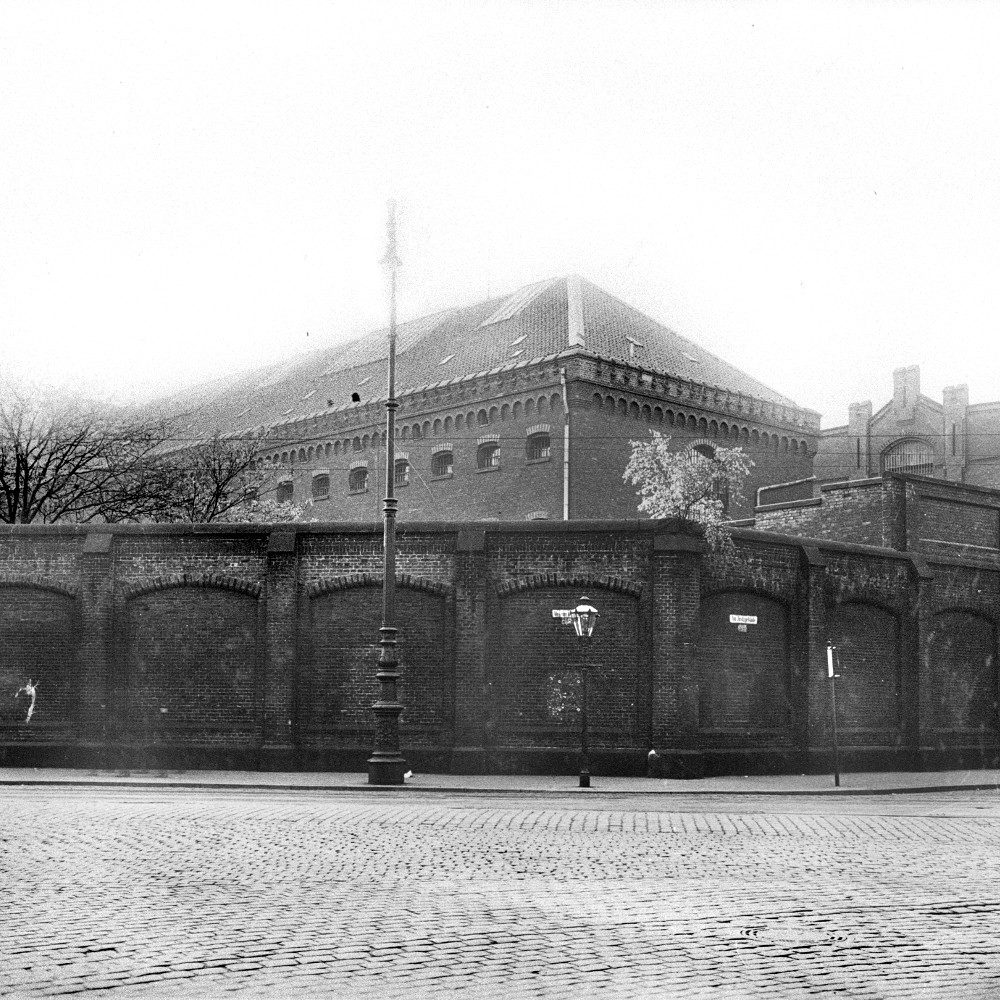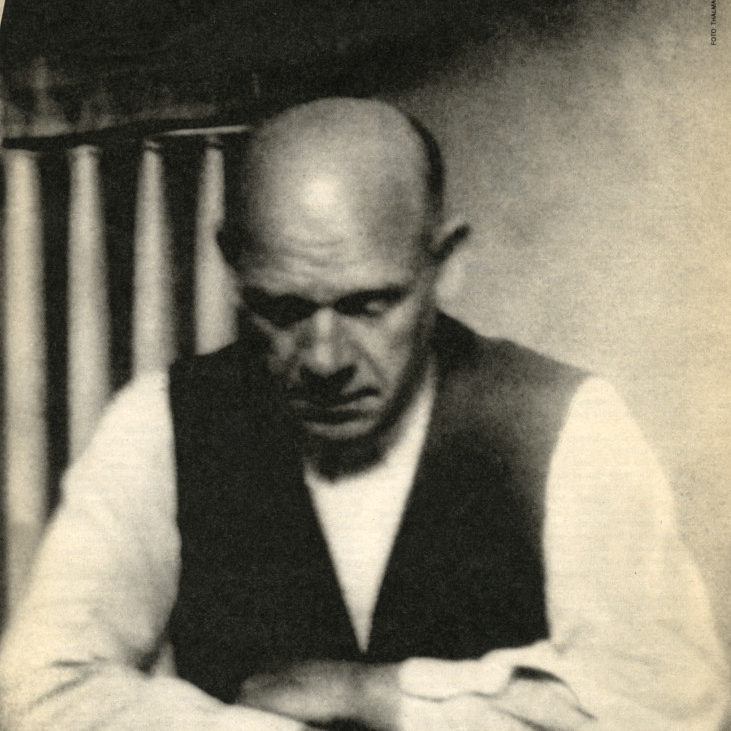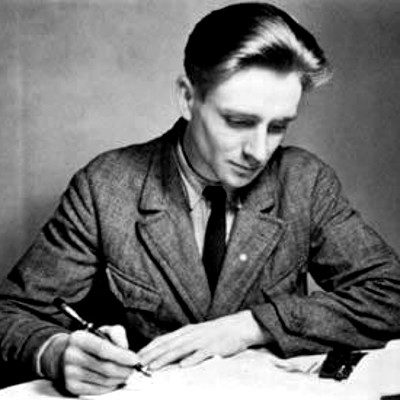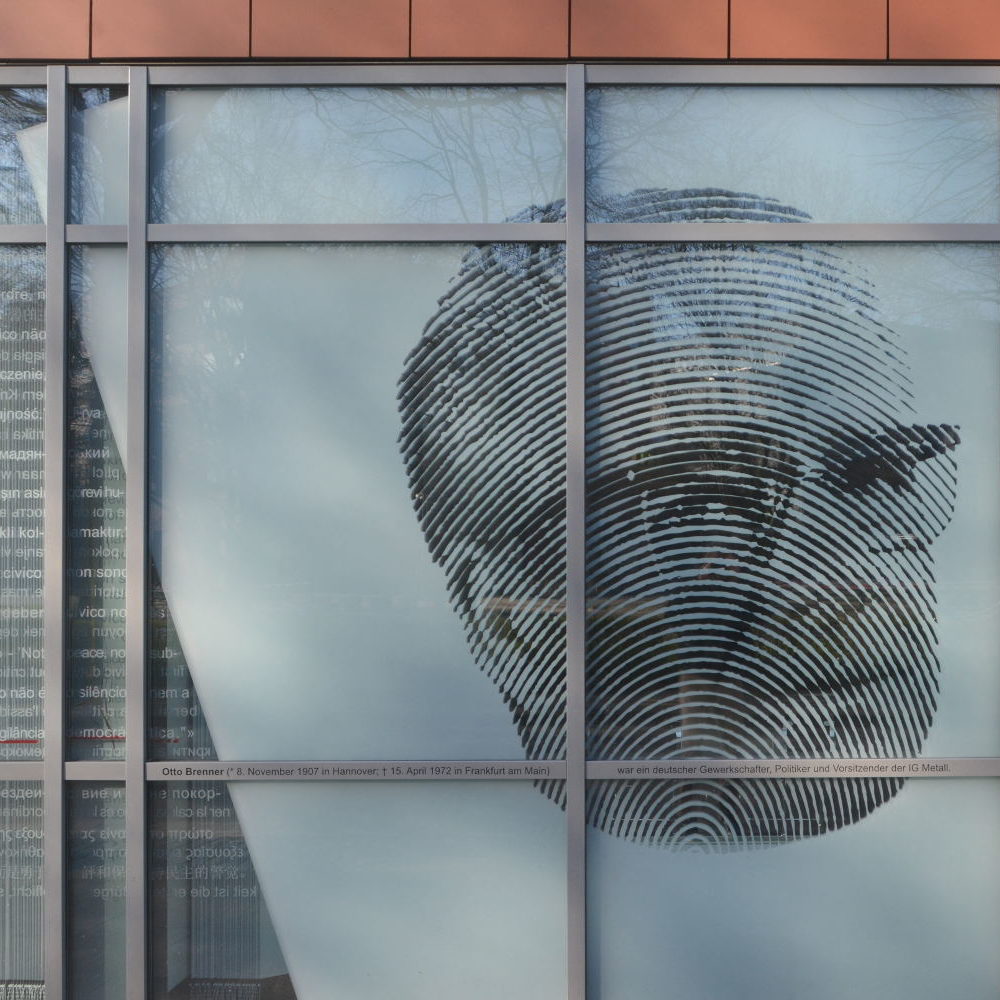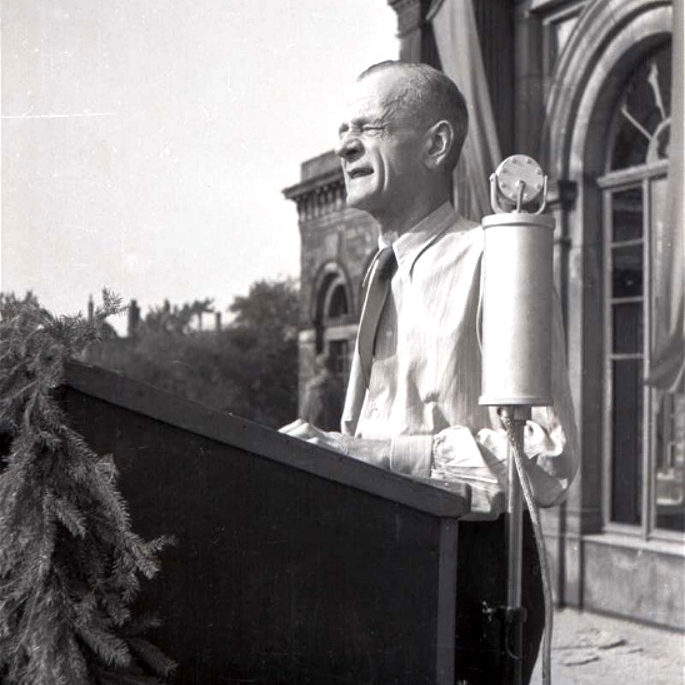You are currently viewing a placeholder content from Default. To access the actual content, click the button below. Please note that doing so will share data with third-party providers.
More InformationWorkers’ movement and resistance
Hanover was a city with a prominent labour movement supportive of social democratic ideas. Towards the end of the Weimar Republic, this movement was the main opponent of the National Socialists. After the transfer of power, its organisations and members were mercilessly persecuted.
Our tour takes us from the ZeitZentrum Zivilcourage via Köbelinger Strasse, passing the Markthalle and the Altes Rathaus, to the Marktkirche, where we turn left into Kramerstrasse. Outside house number 4, a Stolperstein commemorates the persecuted KPD member Otto Kreikbaum. Turn right along Burgstrasse until you reach the Ballhof: the festival hall that stood there was an important place for gatherings of the early Hanoverian workers’ movement. Going left along Kreuzstrasse and past the site of a once notorious SA tavern, the route leads us to Knochenhauerstrasse. Here, on the right-hand side of the street at what is now number 5, was once the Bunte Tavern, which, in the latter years of the Weimar Republic, was a meeting place of the SAP, the Socialist Workers’ Party of Germany. Their leader was Otto Brenner who in the post-war period became the influential chairman of IG Metall. After the National Socialists came to power, the group went underground before being crushed in 1935.
Continue and cross over Schmiedestrasse, then turn left down Limburgerstrasse to get to Heiligerstrasse. Outside number 16, a Stolperstein commemorates the former KPD Reichstag member Walter Krämer, who selflessly cared for fellow prisoners as a prisoner doctor in the Buchenwald concentration camp. Continue via Steintor, turning right along Goseriede, past the new trade union building, to Klagesmarkt. The square, which had remained undeveloped until a few years ago, was the traditional meeting place for rallies and the starting point for marches by the workers’ movement – the last large demonstration against the National Socialists set off from here as early as February 1933. On the façade of the IG-Metall building nearby you can see the glass portrait of the trade union leader Otto Brenner. A municipal commemorative plaque tells the story of the history of the square.
The route takes us back in the direction of Steintor. What is now the Tiedthof, with its restaurants and offices, was built as a trade union house shortly before the First World War. The large complex between Goseriede and Odeonstrasse was home to individual trade unions, various labour movement organisations, and the SPD together with the editorial office and printing facilities of its party newspaper “Volkswille”. After previously being raided by the Nazis, the buildings were eventually stormed and occupied on 1 April 1933.
From Kurt-Schumacher-Strasse we turn briefly into Odeonstrasse. The traditional headquarters of the SPD is named “Kurt-Schumacher-Haus” in memory of the first post-war chairman who, from his base in Hanover, rebuilt the party.
From here, go left down the entire length of Kurt-Schumacher-Strasse and through the train station tunnel. Continue, taking a pause just before the Pavillon cultural centre to take a look at a tall metal monument on the site of the former Court Jail. After 1933, numerous left-wing opponents of the regime were imprisoned in the jail; the former KPD chairman Ernst Thälmann was held here in solitary confinement from 1937 to 1943.
Wending our way back through the station, along Luisenstrasse, then turning left down Rathenaustrasse, we come to a Stolperstein at An der Börse 3. The building had been bought in 1930 by the German Factory Workers’ Union as its trade union headquarters but also the long-standing Gauleiter Willy Scheinhardt lived in the house with his family and other trade unionists. After the SA and SS seized the property on 1 April 1933, he was imprisoned. Later, he became involved in the Hanoverian resistance group Socialist Front and was murdered by the Gestapo in 1936 in the Gestapo prison in Hildesheim.
The route takes us across Opernplatz, along Baringstrasse, Osterstrasse and Breite Strasse, back to the ZeitZentrum Zivilcourage.


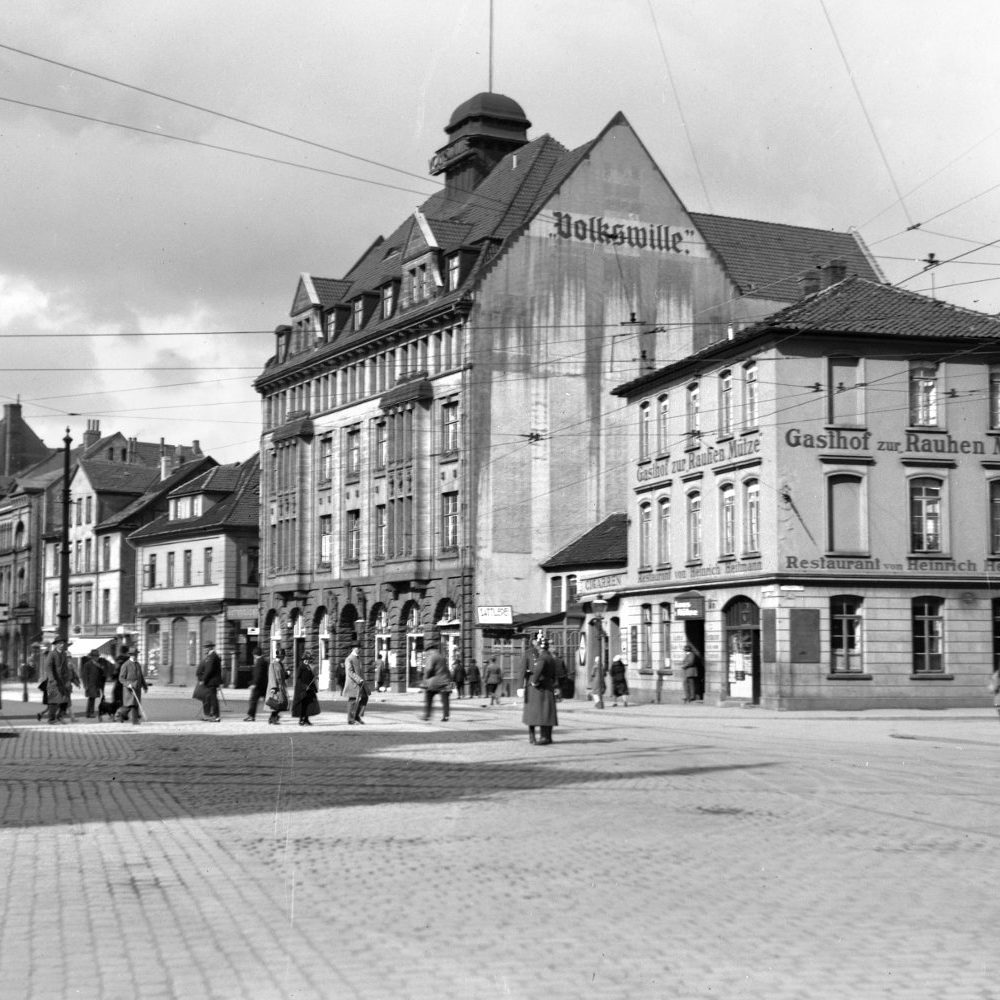
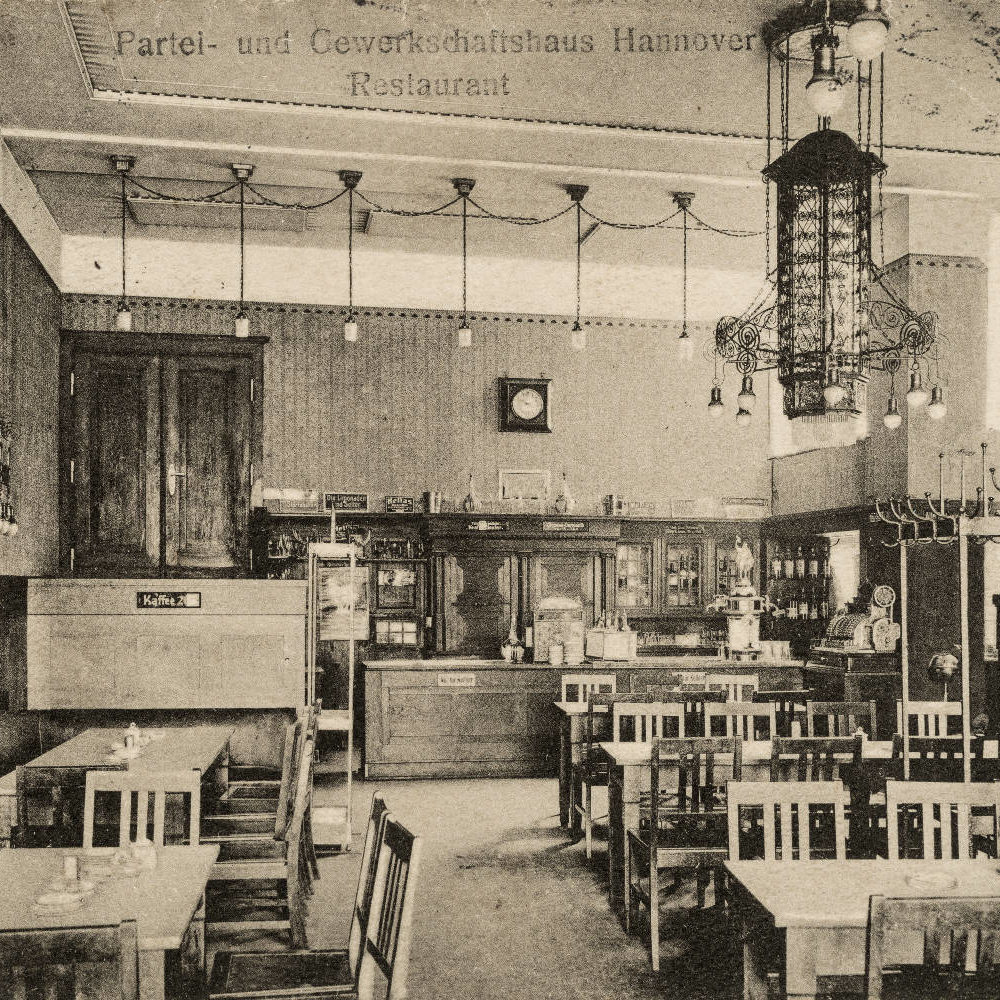
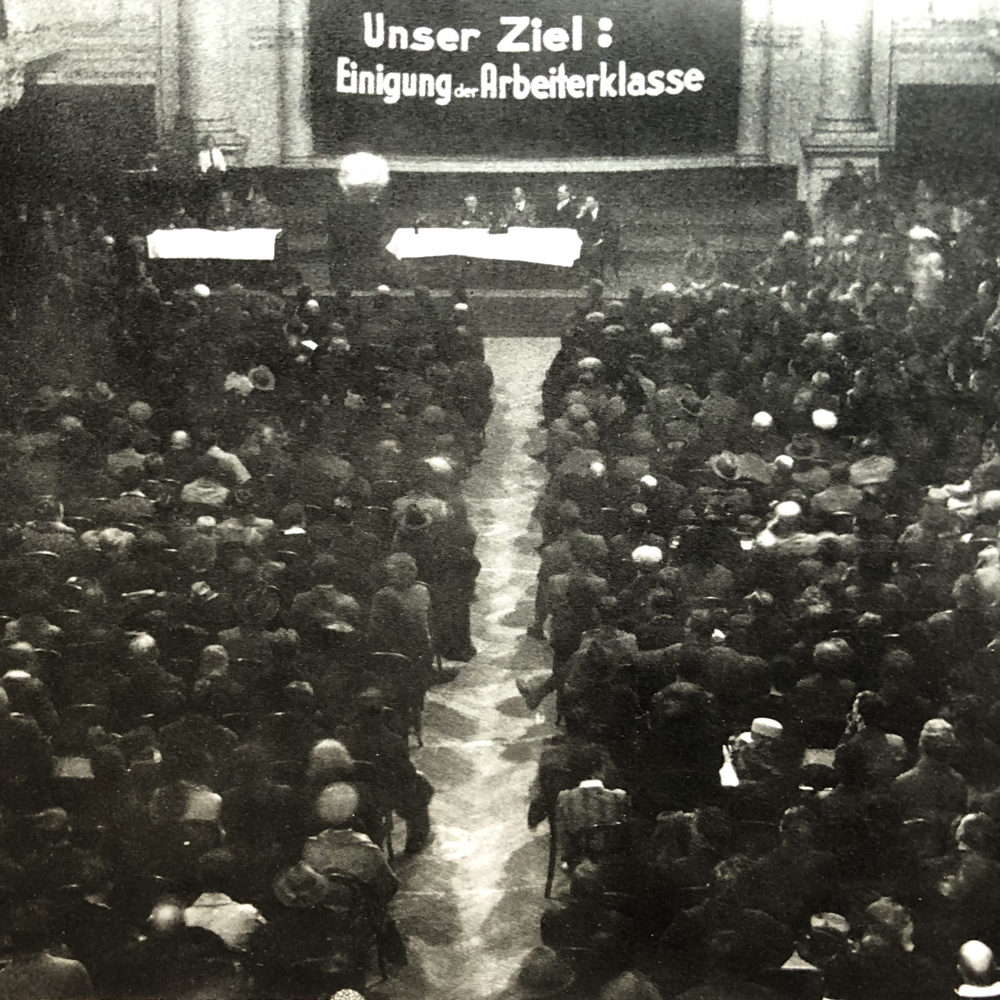
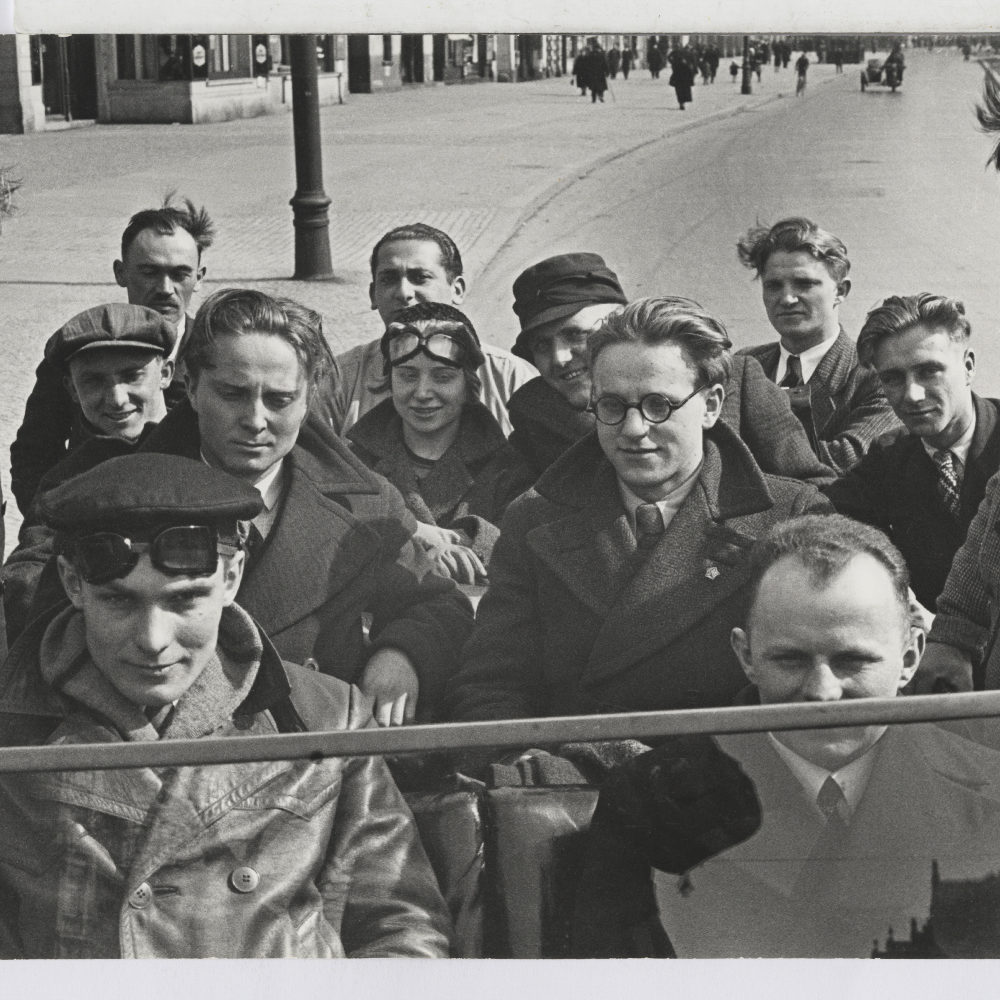
![Hanover: The agitprop group "Rote Kolonne” [Red Column] in the backyard of the Bunte Tavern in Knochenhauerstrasse, June/July 1932. In the middle of the back row is workers' photographer Walter Ballhause. In the middle row on the left is Fritz Treu and Ilse Rohrer who was later to become his wife, at the front on the right is Otto Brenner's brother Kurt Brenner. Walter Ballhause Archive, Plauen](https://zukunft-heisst-erinnern.de/wp-content/uploads/2020/02/R_SAP_Bunte_1-1000x1000.jpg)
![Hanover: Dammstrasse (now Bohlendamm) looking towards Altstädter Markt during the Reichstag election campaign of 5 March 1933 Photograph from the estate of SA-Sanitäts-Sturmführer [SA medical storm leader] Dr.med. Ulrich G. Werner Heine Collection](https://zukunft-heisst-erinnern.de/wp-content/uploads/2020/04/kreuzstr_4a-589x589.jpg)
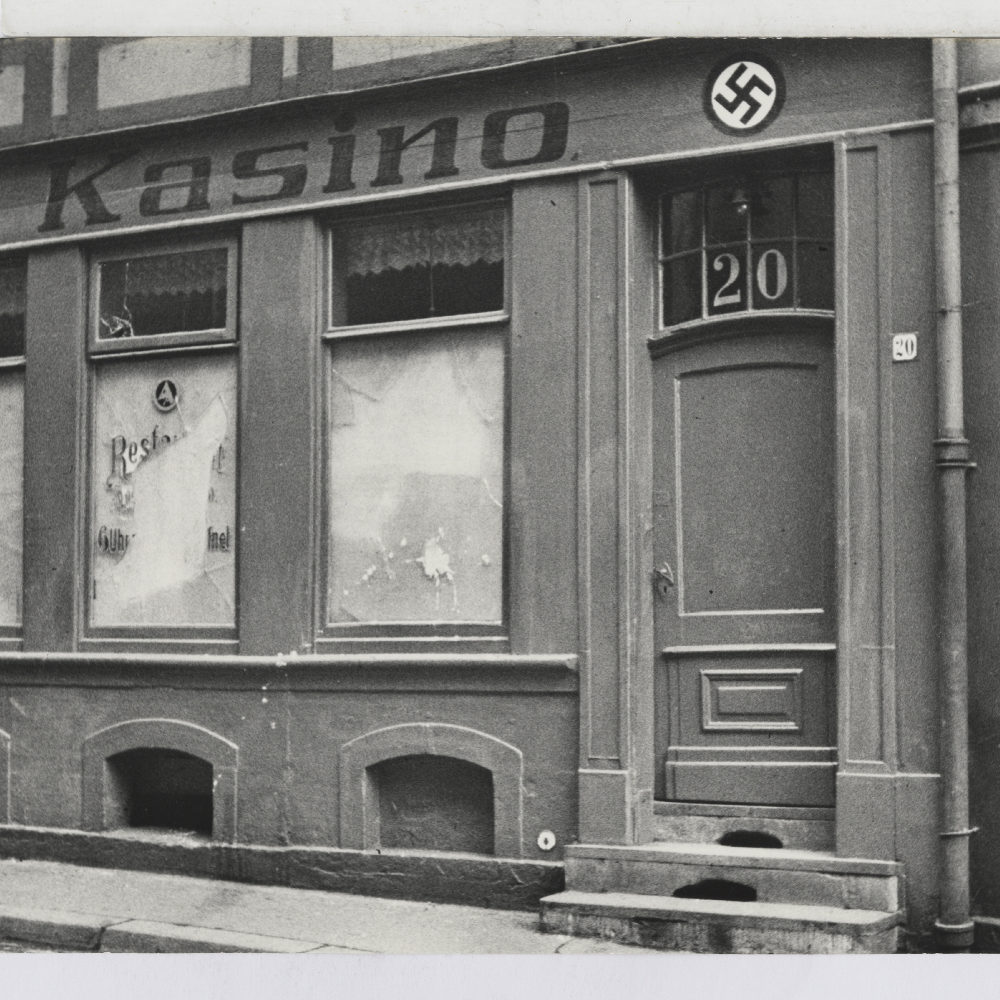
![Hanover: Last rally of the “Black, Red, Gold Banner of the Reich” [organisation set up in 1924 by the SPD, the German Centre Party, and the (liberal) German Democratic Party to defend parliamentary democracy] at Klagesmarkt, 26 February 1933. In the background is Postkamp. Archive of Social Democracy / Friedrich Ebert Foundation](https://zukunft-heisst-erinnern.de/wp-content/uploads/2020/03/klagesmarkt_4-1000x1000.jpeg)
